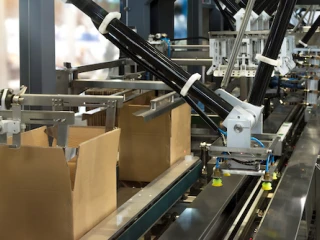Streamline Your Entire Plan to Produce Process with SAP
SAP connects forecasting, planning, production, and inventory in one digital thread, so you can respond to market demands without missing a beat.
Sales and Operations Planning (S&OP)
Forecast demand using real-time sales, finance, and market data. Create achievable production goals aligned with your business strategy. Perform scenario simulations to identify the best path forward.
Demand Management
Manage independent and dependent demand with real-time updates. Improve forecast accuracy and integrate it directly into your production planning strategy. Suitable for both Make-to-Stock and Make-to-Order models.
Long-Term Planning
Run simulations based on Bills of Materials (BOMs), lead times, and historical data. Check if your plant has the capacity and materials needed. Confidently move simulations into operational planning.
Master Production Scheduling (MPS)
Prioritize the scheduling of high-impact and bottleneck materials. Balance stock availability and production constraints to improve service levels and working capital.
Material Requirements Planning (MRP)
The core of SAP Plan to Produce, MRP matches supply to demand at every step. Generate automated procurement proposals, reduce stockouts, and align materials to actual production schedules.
Shop Floor Control
Convert production orders into actionable tasks. Track job status, materials used, and operator performance in real time—making shop floor management more responsive.
Capacity Planning
Match available work centers with forecasted load. Balance machine and labor capacity with shift schedules and maintenance downtimes.
Inventory Management
Get real-time control of on-hand, in-transit, and special stocks like consigned or project-specific inventory. Accurately track goods movement and minimize shrinkage or overstocking.
Settlement
Identify cost variances after production. Settle production orders and analyze deviations in labor, material, or overheads for continuous improvement.

/interior-view-steel-factory-(1).webp?mode=autocrop&w=425&h=170&attachmenthistoryguid=890617ed-4f71-47c2-b065-1ddb603241d7&v=&c=2dd4fc5911ca15df33e4bc2134ca41780ec5e6a4b4bc0ce7639452002c0bc847)



